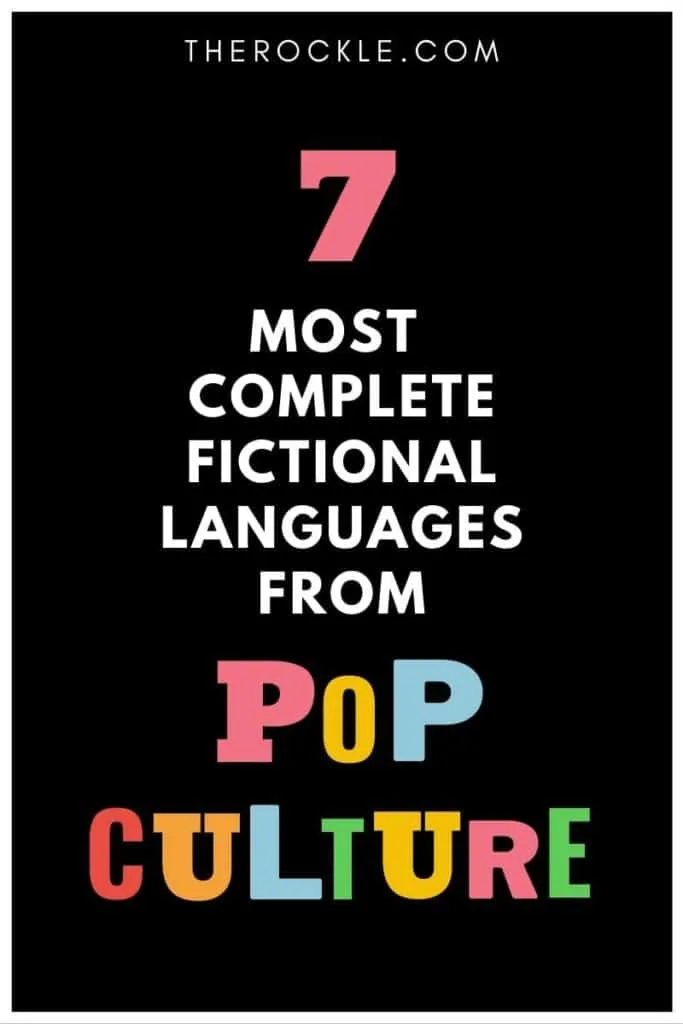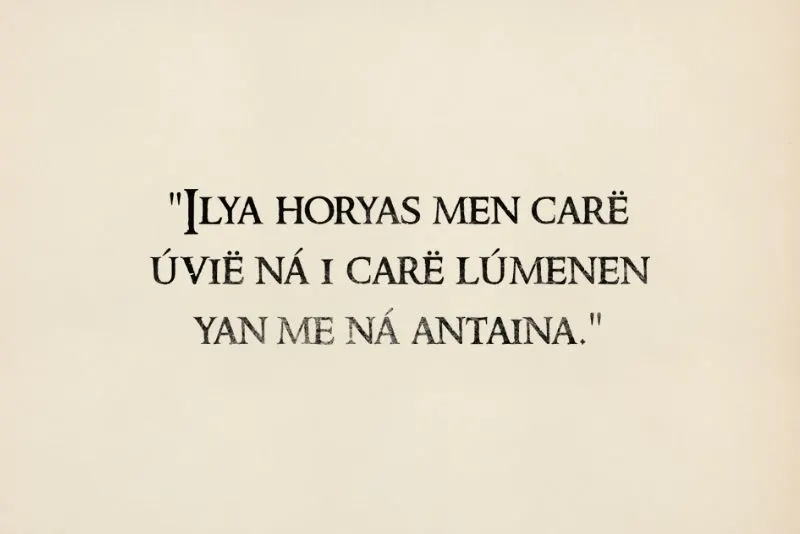Even if creative linguistics is not your forte, you’ve probably heard a few angry Dothraki chants on Game of Thrones or picked up a Simlish word or two (Sul Sul!) while playing The Sims.
Maybe you’re as bright as Sheldon Cooper and can communicate in Klingon. Perhaps you’re a language buff who speaks Esperanto, the world’s most widely used constructed language.
Constructed languages, or “conlangs,” are consciously created languages as opposed to those that evolved naturally over generations within their speech community.
Their phonology, morphology, syntax, and lexicon can be created from scratch or derived from natural languages. For example, Tolkien’s Elvish languages, Qenya and Sindarin, are based on Finnish and Welsh, which the author studied.
Tolkien also coined the term “glossopoeia,” which refers to the creation of language for artistic purposes.
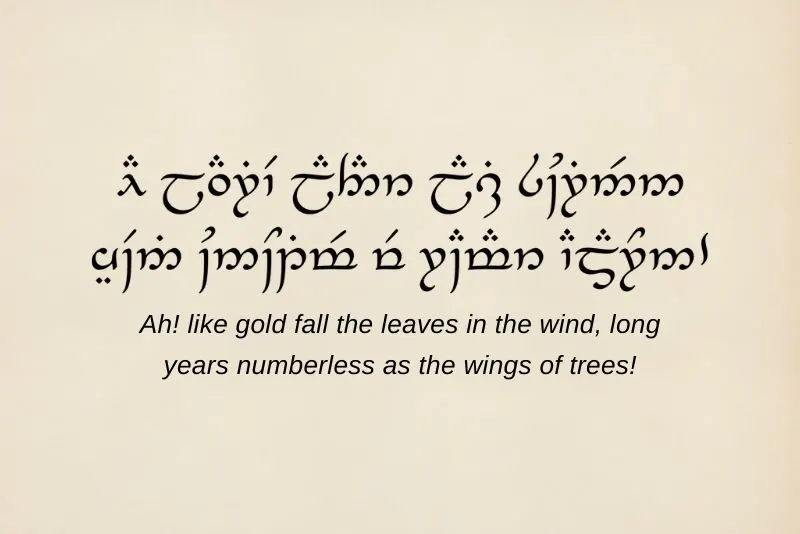
WHAT ARE FICTIONAL LANGUAGES?
J.R.R. Tolkien’s linguistic efforts fall under the category of fictional languages or conlangs that are not intended for real-world usage. That’s not to say Tolkien slapped together a bunch of nonsense and called it a language.
Conlanging is both an art and a science, according to David J. Petersen, the linguist and conlanger for hire who constructed the Dothraki and Valyrian languages for HBO’s smash hit Game of Thrones.
The invented words must be coherent and consistent. The fictional language must be supported by genuine linguistic complexity and grammatical structure behind it. For the words to be appropriate, you must also be familiar with the culture, history, and people who speak the language.
Fictional languages, as the name implies, are created specifically for use in fictional narratives – books (such as the Quenya and Sindarin mentioned above), movies (such as Avatar’s Na’vi), and TV shows (such as Star Trek’s Klingon).
Fictional languages can also be found in comic books (The Adventures of Tintin’s Bordurian and Syldavian), music (Magma’s Kobaan), and video games (Skyrim’s Dovahzul).
Fictional lingos create an immersive experience and atmosphere, particularly in the genres of science fiction and fantasy. They are designed to add more depth and credibility to the story and breathe life into their imaginary worlds (or constructed worlds, “conworlds” for short).
They also identify and add value to specific cultures, distinguishing them from others (humans vs. aliens, for example).
Most fictional languages are limited to a few words and phrases that suggest a complete language and don’t extend beyond that.
For example, George R.R. Martin didn’t create Dothraki beyond a few phrases scattered throughout his books; Peterson sculpted them into Dothraki and Valyrian languages for the TV series.
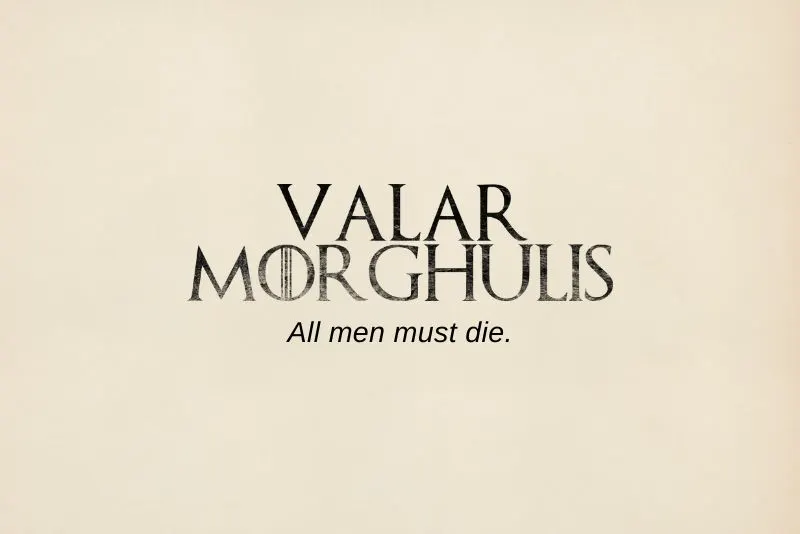
At the same time, a select few fictional languages are, such as J.R.R. Tolkien’s creations, Klingon and Na’vi, are highly structured. They exist as fully fleshed-out and life-like languages, complete with grammar and vocabulary.
They are also, and perhaps more importantly, artistic expressions of their creators.
WHO CREATES FICTIONAL LANGUAGES?
The construction of languages has a long history. The oldest known conlang is Lingua Ignota, created in the 12th century by abbess Hildegard von Bingen.
By the time conlangs were popularized with Tolkien’s works, there were at least 300 of them recorded.
While the first artificial languages were created for religious, philosophical, or political reasons, the constructed tongues gradually became artistic with a purpose.
Beginning with Thomas More’s Utopian language in Utopia (1516) and Jonathan Swift’s mysterious language in Gulliver’s Travels (1726), all the way up to Edward Bulwer Lytton’s Vril-ya in The Coming Race (1871), Tolkien’s predecessors have begun to incorporate lexical inventions into their works.
Many skilled conlangers today, like Tolkien, have a background in linguistics and communication. They’re a part of a vibrant community that’s growing in prominence in the entertainment industry.
If you want to learn more, the Language Creation Society’s official website, conlang.org, is a great place to start.
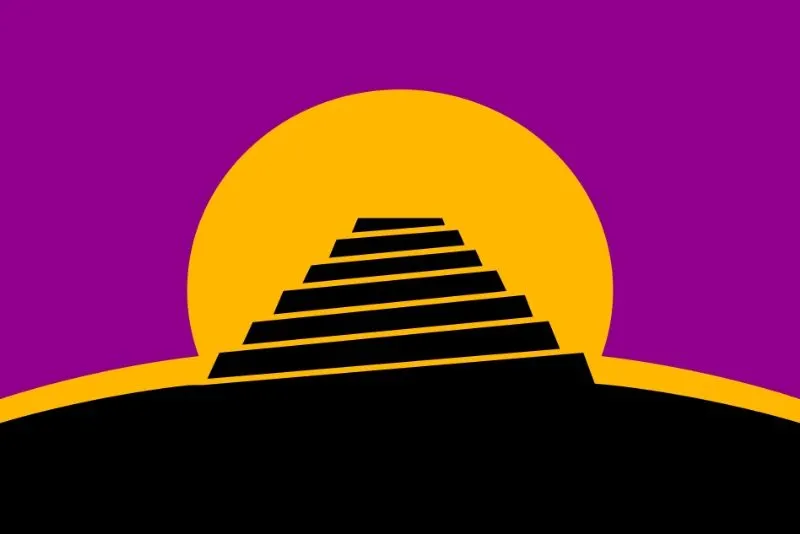
Thanks to conlangers, fictional languages in pop culture have become a lot more sophisticated since Klingon was first uttered in Star Trek: The Motion Picture in 1979. It was spouted solely for the purpose of sounding “alien” and menacing, with little grounding in linguistic science.
FICTIONAL LANGUAGES IN POP CULTURE
We compiled a list of the most interesting and extensive fictional languages in pop culture you can learn. That means we’ll only look into complete languages fully developed by the authors, professional conlangers, or fan communities.
For that reason, we omitted Nadsat from A Clockwork Orange, Harry Potter’s Parseltongue, or any other conlang that is not complete and functional.
You’ll find one symbol-based commercial fictional language and six spoken commercial fictional languages from movies, TV shows, books, and video games on our list.
And if the over 7 000 existing natural languages aren’t enough for you, we encourage you to learn a few of them!
1. Elvish from J.R.R. Tolkien’s works
Few writers have created languages as fully formed as the author of The Hobbit and The Lord of the Rings did in his lifetime.
The geek deity developed the Elvish languages Quenya and Sindarin before he even penned his famous works. So, if you’ve ever wondered if Middle Earth and the Lord of the Rings were created as a vessel for J.R.R. Tolkien’s fictional languages, the answer is “tancave” (Quenya for “yes”).
Experts describe Qenya or High Elven as the “archaic language of lore,” while Sindarin is spoken among the Elves of Middle Earth.
Quenya and Sindarin are a part of the Elvish language family, which includes more than 15 different languages and dialects. The two are the most precise and linguistically sound, with such depth and complexity that they’ve become the subject of university classes.
RELATED: Best Tolkien Quotes That Prove He Could Create Magic With Words
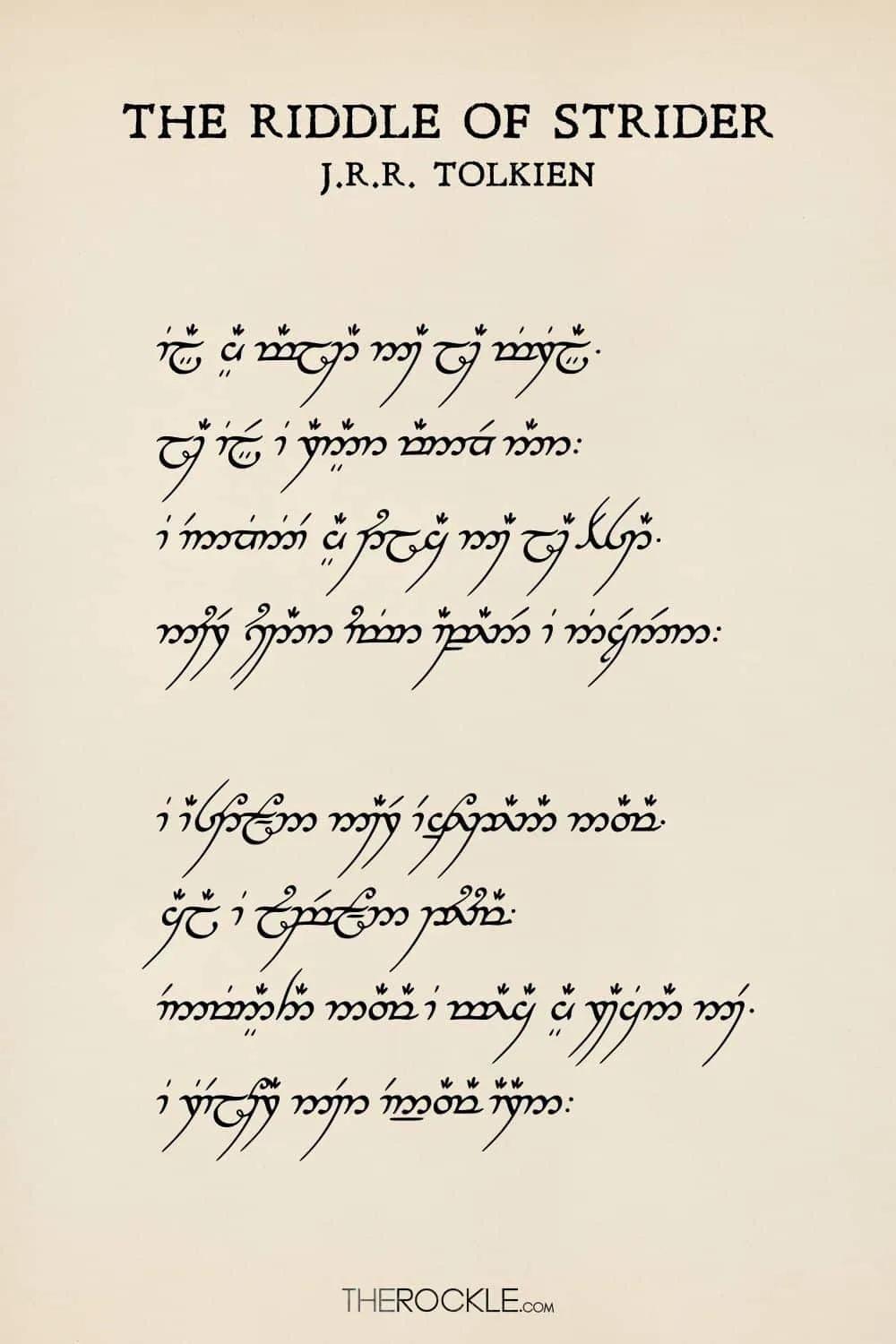
2. Dothraki from the Game of Thrones
Here’s a fun fact: the producers of HBO’s Game of Thrones approached Language Creation Society for assistance in creating the Dothraki language for the series. After that, the society held an internal competition, and the job went to, you guessed it, David J Peterson.
Peterson constructed the language of the nomadic people building off of the Dothraki snippets in Martin’s books. The linguist with over 50 languages to his credit also took on the task of bringing High and Low Valyrian languages to life, nearly from scratch.
Today, the Dothraki language has over 4000 words. Its creator infused it with social and historical context, so the Dothrakis have no words for things they don’t own or believe are necessary.
For example, their word for “book” is “timvir,” which is a Valyrian loanword (“tembyr”). There are also no words for “thank you” or “toilet,” but there are 14 ways to say “horse.”
Related: George R.R. Martin in Quotes: 150 Of The Best
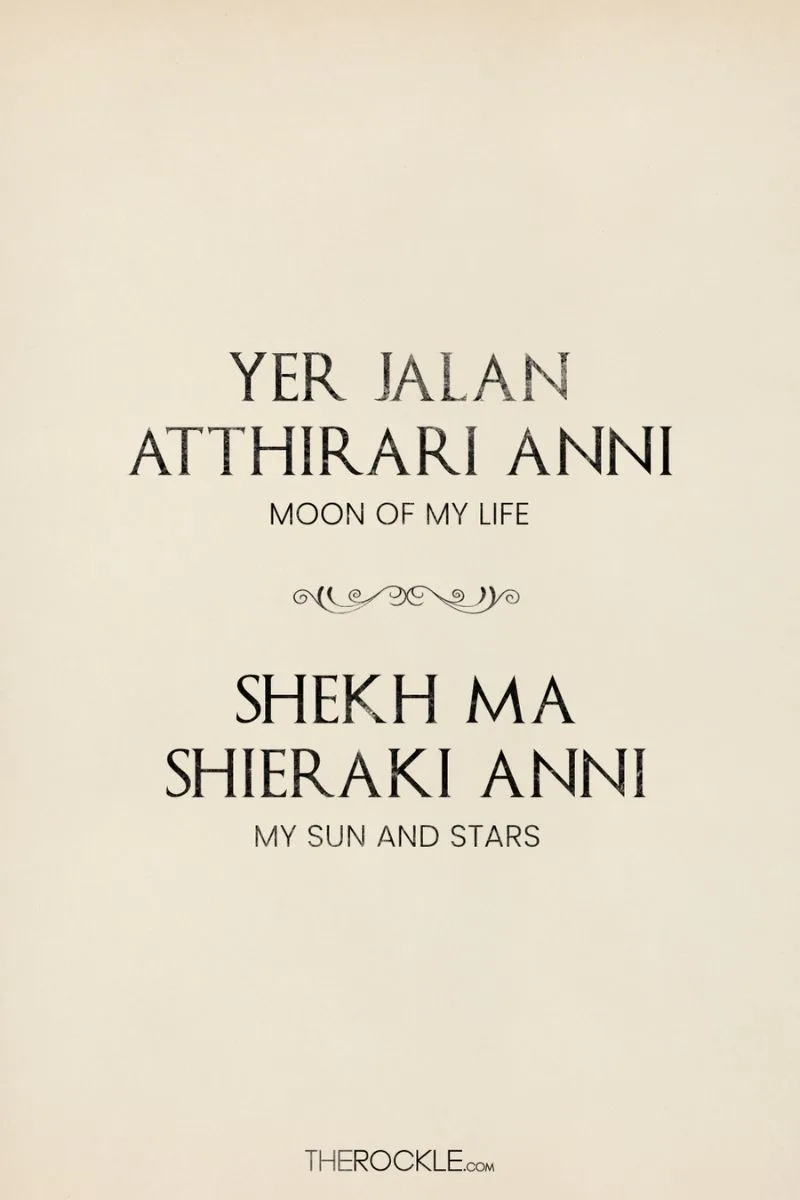
3. Klingon from Star Trek
In 1984, linguist Marc Okrand began developing the Klingon language for Star Trek III: The Search for Spock film, putting conlangs on the pop culture map. Okrand is also credited with inventing the Vulcan language in Star Trek II: The Wrath of Khan.
Okrand broke all the patterns of human language structure while constructing Klingon; he knew it had to sound guttural and genuinely alien. He did, however, succeed in making the language of the bumpy-headed aliens pronounceable and learnable for the actors.
Okrand didn’t think the concept would survive beyond Star Trek 3. He admits that he only made up what was necessary for the film and that Klingon was never intended to be a fully formed, spoken language. That came later; the language evolved as fans caught on, and it is now the world’s most widely spoken fictional lingo. Qapla’!
Classic works of literature, such as Hamlet, have been translated into Klingon; you can listen to Klingon opera, sing Klingon karaoke, and even learn tlhIngan Hol on Duolingo.
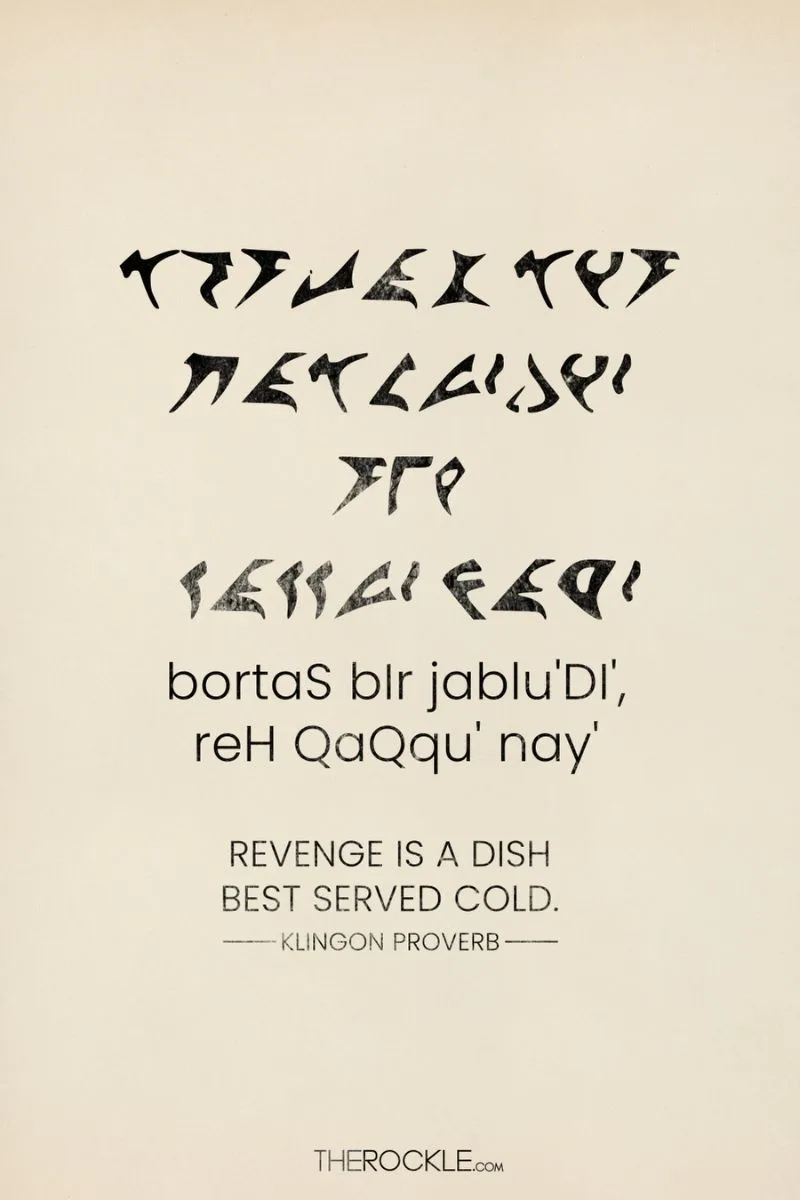
It’s no surprise that James Cameron, who is known for his meticulousness, commissioned an entire language for the indigenous blue-skinned Na’vi race in Avatar.
It’s also no surprise that he came up with the 30 or so words himself and figured out how to make Na’vi sound “pleasant and alien.”
Following that, Cameron teamed up with renowned linguist dr. Paul Frommer to create a “complete language, with a totally consistent sound system, morphology, and syntax” based on Cameron’s original concept.
In six months, Professor Frommer organized the morphology and syntax, and vocabulary used in the film. He also helped the actors with pronunciation by preparing audio materials and coaching them.
Na’vi had a vocabulary of about 1000 words when Avatar was released in 2009. Fans and language enthusiasts quickly caught on, and with their help, Frommer continued to expand the vocabulary and develop Na’vi, making it complete and learnable.
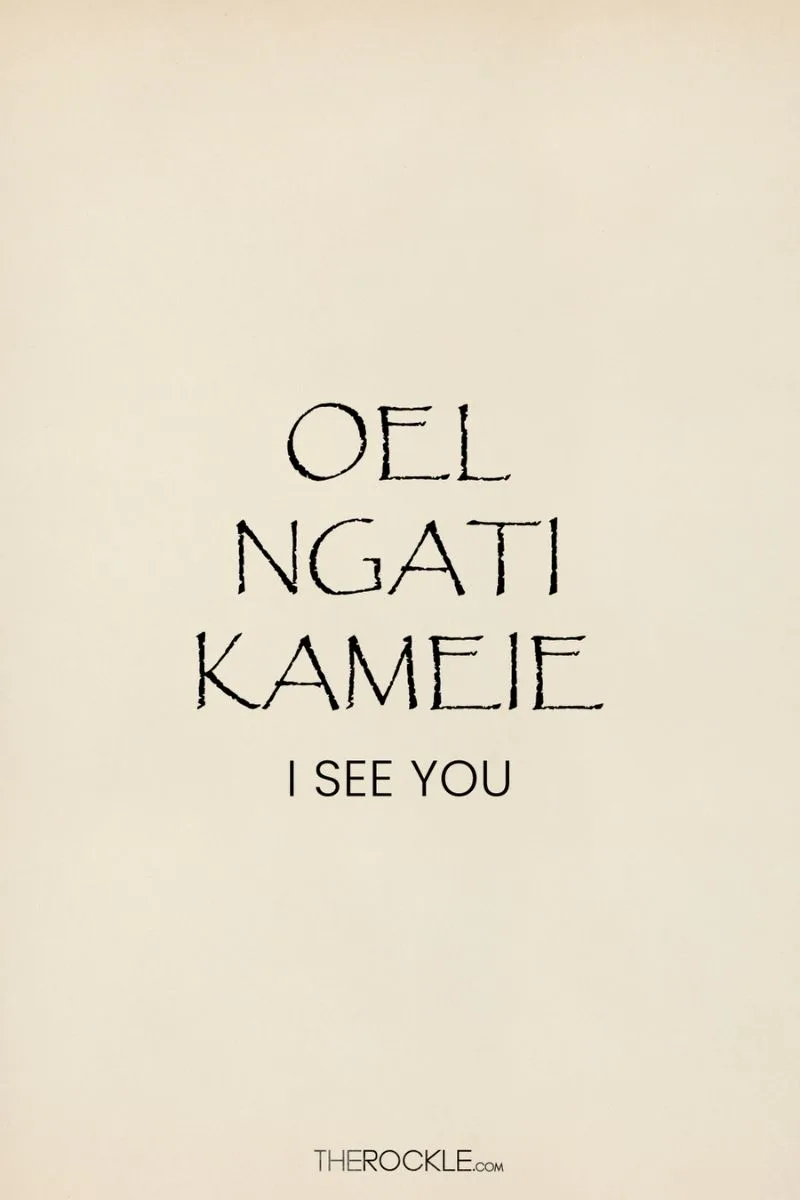
5. Lapine from Watership Down
Created by Richard Adams for his highly successful 1972 novel Watership Down, Lapine is the language of the rabbit protagonists in his book (Lapine means rabbit in French).
Adams’ conlang reappeared in the 1996 sequel, Tales from Watership Down, and in the animated film and TV adaptations.
Adams only presented the fragments of the “wuffy fluffy” language in his books and has stated that he constructed Lapine from his subconsciousness as he went.
While the author did not fully develop the rabbit language, fans and academics have studied and expanded on the few available examples. Lapine is now a fully functional language, complete with grammar and vocabulary.
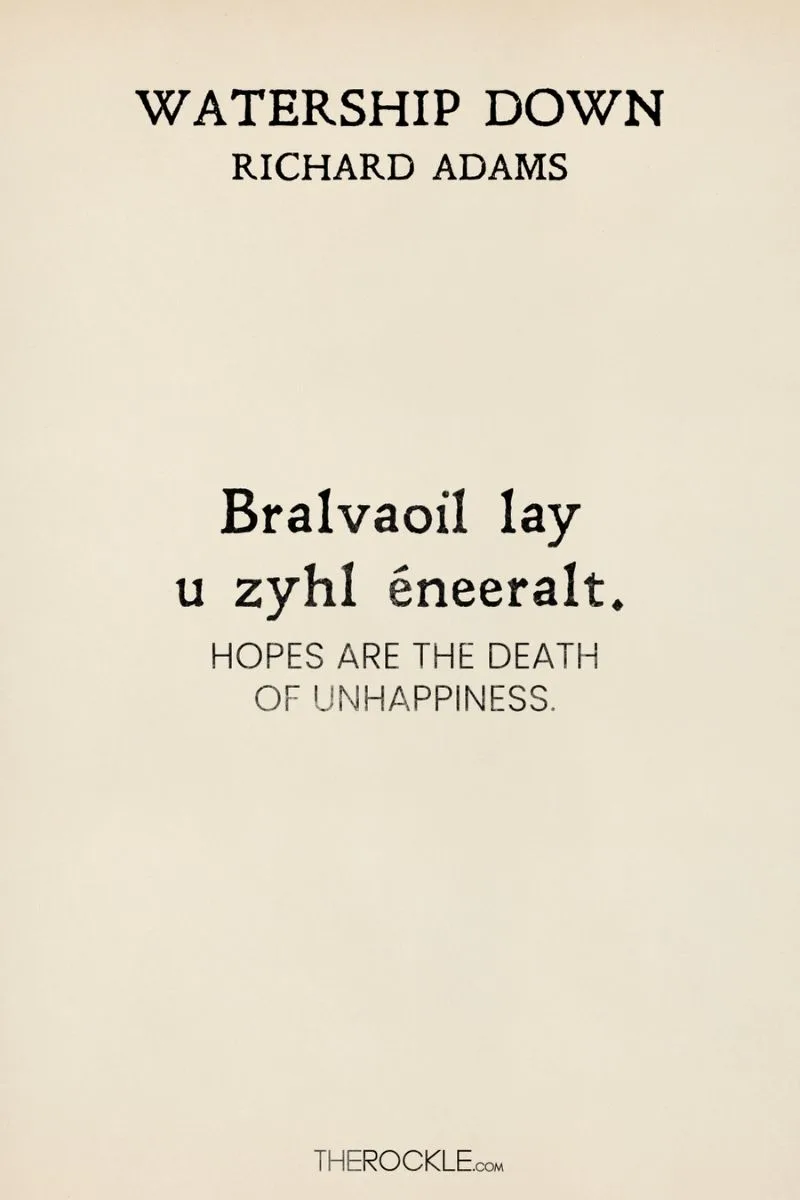
6. Dovahzul from Skyrim
Dovahzul is the dragon language featured in Bethesda’s video game The Elder Scrolls V: Skyrim and its supporting material.
Adam Adamowicz, the game’s concept artist, created Dovahzul’s canon version. Since then, the fan community has continued to expand the lexicon, which now contains approximately 11,500 words.
The vocabulary consists of canon words featured in the game setting, semi-canon words derived from canon words, and non-canon ones.
In addition to that, the lexicon also contains modern words coined for things or concepts that don’t exist in The Elder Scrolls universe.
Dovahzul has its alphabet of 34 runes and their transliterations that draw inspiration from Cuneiform, the ancient Mesopotamian written language. The runes are designed to resemble the markings of the dragon’s claws etched in stone and are called the Dragon Script.
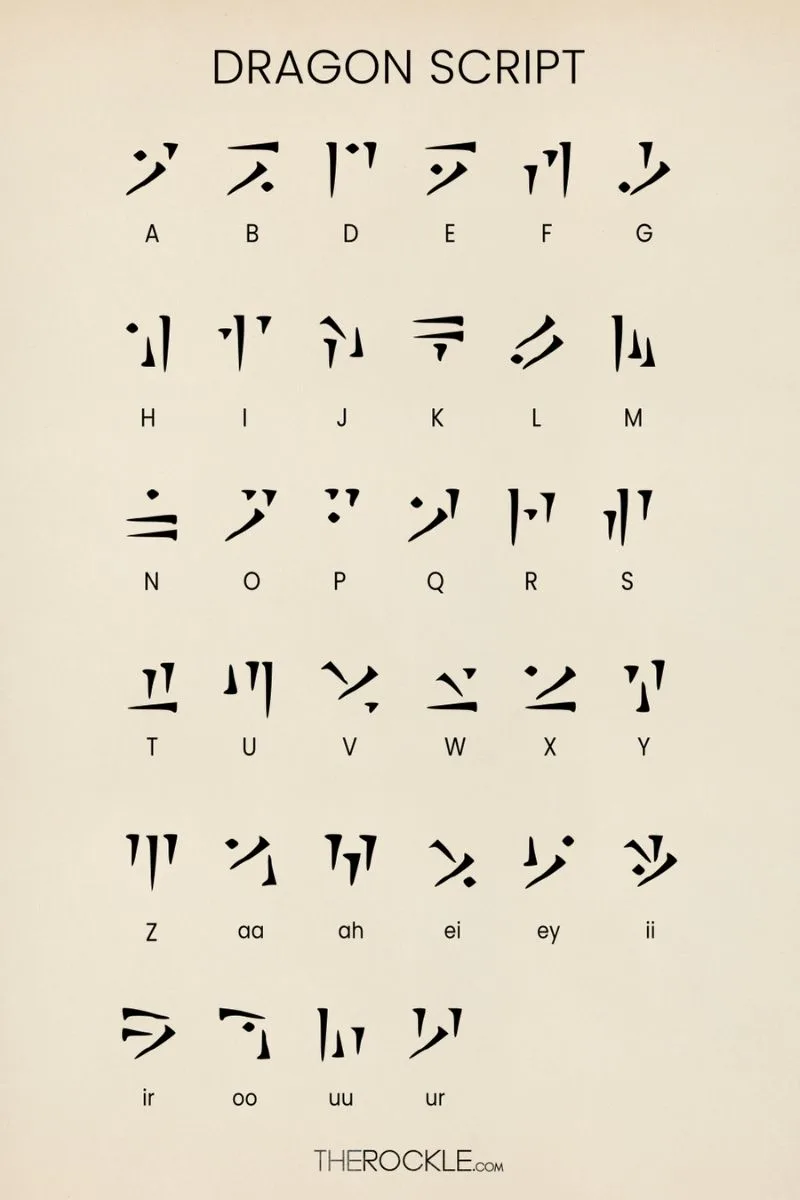
7. Alienese from Futurama
Alienese is the written language featured on the animated show Futurama, and it was created as a clever sight gag for the fans.
And if you’re good with numbers, Alienese is the most accessible language to learn on this list.
It began as a simple substitution alphabet, with 26 characters and the same base-ten number system as English. However, deciphering the alphabet proved too simple for the fans, so the Futurama team devised the second, more complex encryption, this time using math.
Fans took a little longer to crack the Alienese II, but the brainiest viewers eventually figured it out, and everyone got to enjoy the extra humor.
Like our list of fictional languages from pop culture? Share or pin it for later! You can also stay in the loop and follow us on Facebook and Pinterest.
